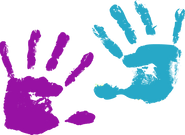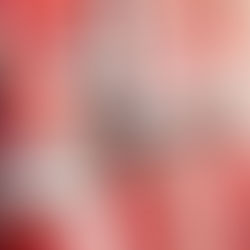Shaken Baby Syndrome- Know The Facts!
Abusive head trauma, also called shaken baby syndrome (or SBS), goes by many other names, including inflicted traumatic brain injury and shaken impact syndrome. All of these names mean the same thing: an injury to a child's brain as a result of child abuse.
Abusive head trauma (AHT) can be caused by direct blows to the head, dropping or throwing a child, or shaking a child. Head trauma is the leading cause of death in child abuse cases in the United States. Because the anatomy of infants puts them at particular risk for injury from this kind of action, the majority of victims are infants younger than 1 year old.
AHT can happen in children up to 5 years old, and the average age of victims is between 3 and 8 months. However, the highest rate of cases occur among infants just 6 to 8 weeks old, which is when babies tend to cry the most.
How These Injuries Happen
Abusive head trauma results from injuries caused by someone (most often a parent or other caregiver) vigorously shaking a child or striking the child's head against a surface. In many cases, the caregiver cannot get the baby to stop crying and, out of frustration or anger, will shake the baby. Unfortunately, the shaking may have the desired effect: Although at first the baby cries more, he or she may stop crying as the brain is damaged.
Children with special needs, multiple siblings, or conditions like colic or GERD have an increased risk of AHT. Boys are more likely to be victims of AHT than girls, and children of families who live at or below the poverty level are at an increased risk for these injuries and other types of child abuse.
When someone forcefully shakes a baby, the child's head rotates uncontrollably. This is because infants' neck muscles aren't well developed and provide little support for their heads. This violent movement pitches the infant's brain back and forth within the skull, sometimes rupturing blood vessels and nerves throughout the brain and tearing the brain tissue. The brain may strike the inside of the skull, causing bruising and bleeding to the brain.
The damage can be even greater when a shaking episode ends with an impact (hitting a wall or a crib mattress, for example), because the forces of acceleration and deceleration associated with an impact are so strong. After the shaking, swelling in the brain can cause enormous pressure within the skull, compressing blood vessels and increasing overall injury to the brain's delicate structure.
Normal interaction with a child, like bouncing the baby on a knee or tossing the baby up in the air, will not cause these injuries. But it's important to never shake a baby under any circumstances.


















